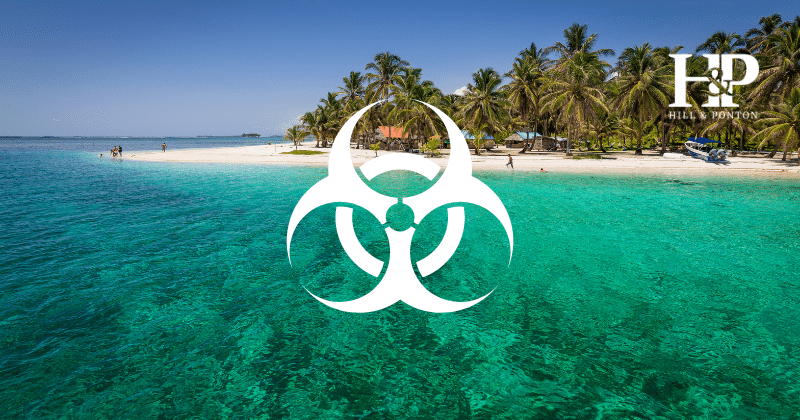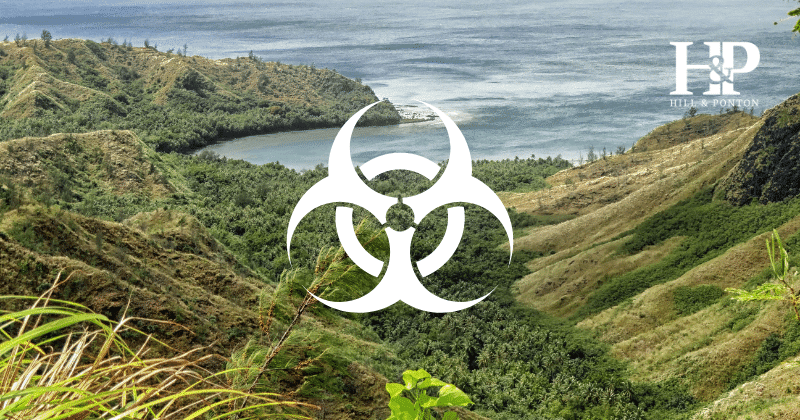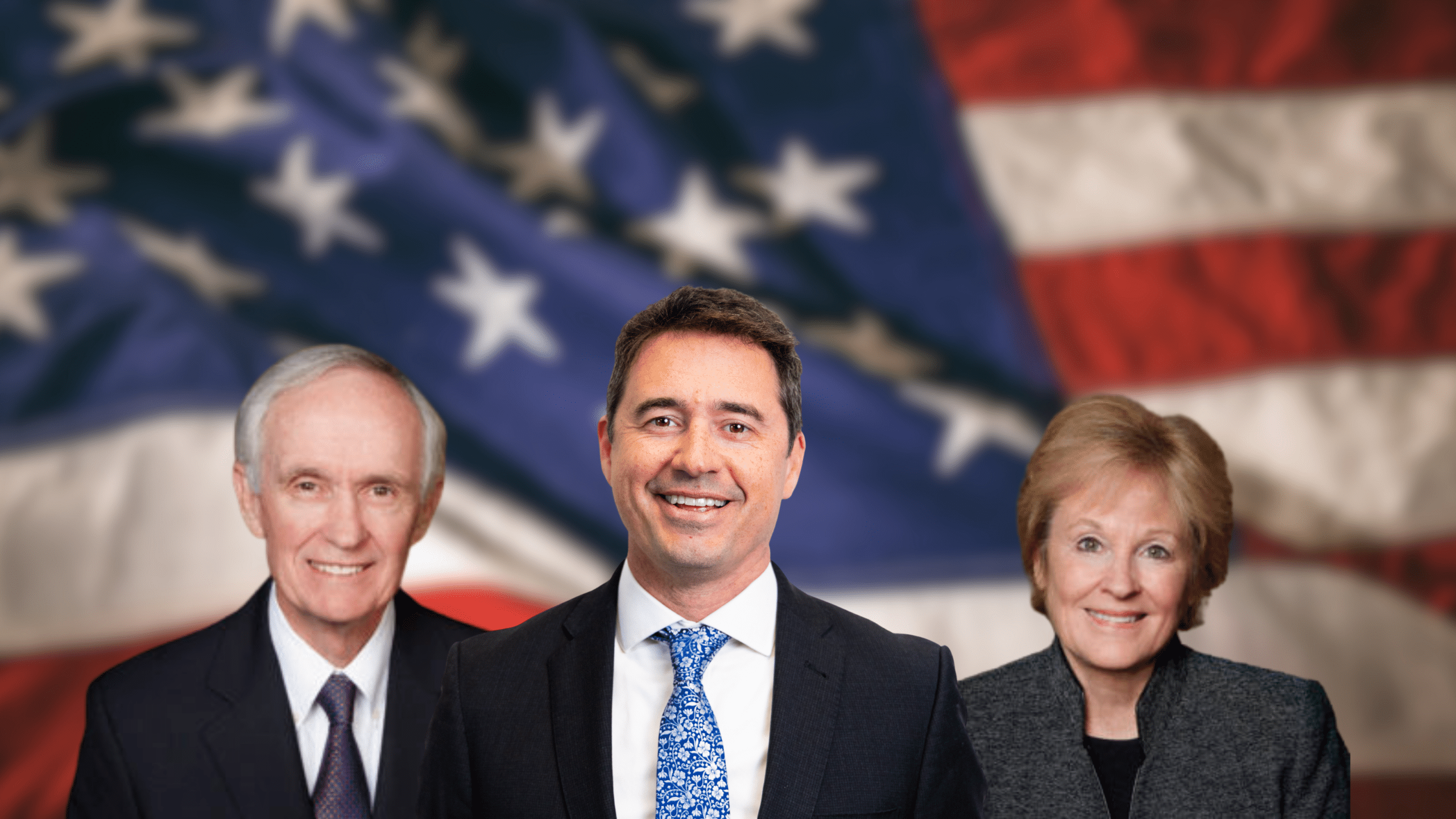Over the years, there has been a great deal of documentation on how herbicides affect veterans – specifically Viet Nam veterans exposed to Agent Orange. Agent Orange was a chemical spray widely used during the Viet Nam War to clear and destroy foliage in the jungles. Although effective in its purpose, it has been linked to a wide range of cancers and other diseases due to the fact it contains dioxin – a well-known carcinogen. The impact Agent Orange has on the skin – the body’s largest organ – is the primary focus of this blog.
Back some years ago, between August 2009 and January 2010, a study was conducted amongst those veterans who enrolled in the Agent Orange Registry at the Veterans Affairs Hospital located in Washington, D.C. The study examined 100 men who worked in contaminated areas, were involved in the actual spraying of the agent, and those who traveled in the contaminated areas. Of the 100 men, all were known to have lighter or fair skin types. [Isn’t that ironic?]
Of the group tested, 43% was found to have a skin condition known as chloracne which has been proven to be caused by dioxins – as previously stated; a well-know carcinogen. Some of the other findings from the study included:
- 51% of the veterans having a non-melanoma, invasive skin cancer (still skin cancer);
- 73% represented veterans having participated in spraying Agent Orange resulting in the highest risk of skin cancer, and lastly;
- men with the lightest skin type and eyes also having a much higher risk of contracting non-melanoma skin cancer.
The good news is that there was no increased risk of the most dangerous type of skin cancer, malignant melanoma. Although a deadly form of cancer, the study did not document any differences between those males of similar age exposed to Agent Orange as compared to the general population. With that said, I do want to stress that this study took place five (5) years ago in 2010. Additionally, the study sample was extremely limited in both size and population.
Obviously, further studies are warranted to accurately decipher the impact of Agent Orange exposure as it relates to melanoma and non-melanoma types of cancer. [Not from any war-related contaminants, but via personal experience with malignant melanoma and its ramifications, I cannot express my adamancy of further research in this area.] Fortunately, this is exactly what is happening. Maybe not fast enough, though, since now four decades after the Viet Nam war ended, we are seeing an increase in the rates of non-melanoma skin cancer caused by this potent jungle defoliant. How could we not see such increases and possibly worse ailments — .these men and women were exposed to gallons upon gallons of this cancerous pesticide. Granted, the government’s reasoning was to destroy and remove the forestry that was concealing the enemy by destroying the crops. That it surely did. But today, we know that there were over 1.5 million Americans serving in Viet Nam during that time when the use of Agent Orange was most intense. Was this the best alternative? Our men and women may have survived the war zone, but now are battling a new war back at home!
Back in the 70’s, veterans returning from war began to report a number of ailments that included skin rashes that seemed “minor” in nature. In having discussions with my husband and his fellow Viet Nam veterans, they often referred to this condition as “jungle rot”. [This is a discussion for a future blog.] Today, it is quite common to hear of the skin condition, chloracne, which was observed in 43% of the veterans who were part of the study referred to above – much more than just a “minor” ailment..
The researchers acknowledge that flaws existed in their study and that more extensive research to include a control group is necessary to obtain more accurate results. The relative risks within this population most definitely warrant further studies in an effort to support our veterans and provide the care they earned and truly deserve. Let’s work together to make sure this happens for our veterans and those currently serving our country – the United States of America.



